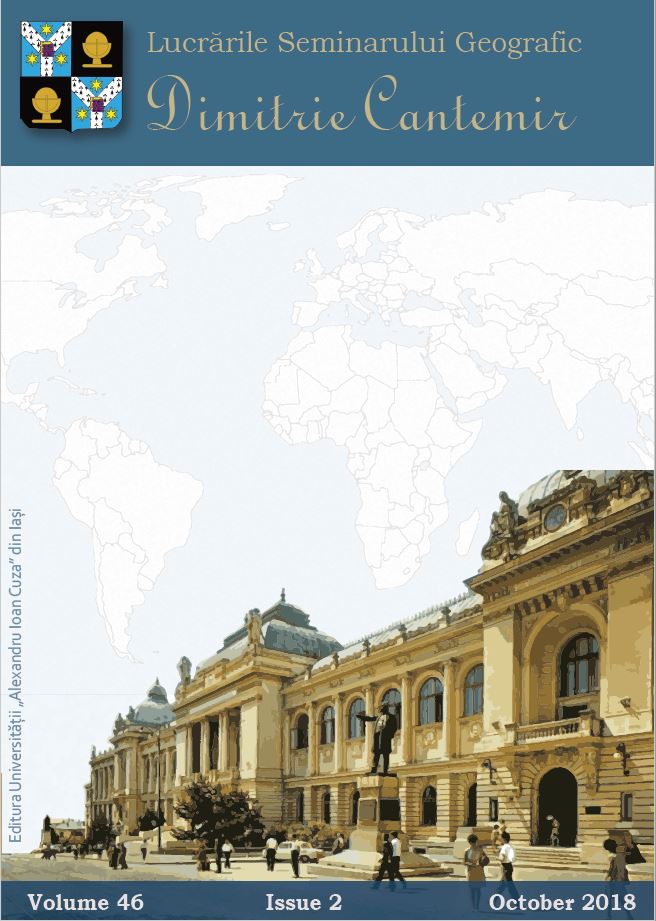The polyphasic evolution of a saline soil
The polyphasic evolution of a saline soil
Author(s): Daniela Răducu, Sorina Dumitru, Petru Ignat, Alina Eftene, Alexandrina Manea, Amelia AnghelSubject(s): Physical Geopgraphy, Environmental Geography
Published by: Editura Universităţii »Alexandru Ioan Cuza« din Iaşi
Keywords: salts; irrigation; gypsum; polyphasic evolution;
Summary/Abstract: he paper emphasizes the polyphasic evolution of a saline soil and its development towards a zonal soil. Most saline soils have formed in river beds, on parental materials made up of stratified fluvial deposits. Over time, depending on the distance to the river bed and the frequency of flooding, these soils have developed more or less towards the zonal soil. The study plot is located in Bârlad Valley, Bârlad Tableland, where the Tma is 9.3ºC and Pma is 535.5 mm. The soil is an Aluviosol mollic salinic, with relict gleization covering at 60 cm a Chernozem aluvic-salinic, with relict gleization (according to SRTS-2012). In WRB–SR, this soil is classified as a Gleyic Fluvisol. The soil formed in an un-uniform parental material (specific to soils formed in fluvial materials). As a result, the soil profile consists of two main sequences: 1) a sequence (0–60 cm) representing the actual soil (Salinic Aluviosol, with relict gleization) consisting of three pedogenetic horizons that have not sufficiently evolved to become the zonal soil. The differentiation of the horizons of this sequence is due to the cyclic sedimentation processes and, to a lesser extent, to a weak pedogenesis; 2) a second sequence (60–210 cm) representing a soil material consisting of several deposits (stratifications) which: a) had no time to integrate each others and to form a soil; the soil material evolved in marshland being continuously elevated. At a certain moment, the area was drained, and now the horizons constituting the upper part of the buried sequence (60–122 cm) have the appearance of mollic horizons, and the soil trend to developed towards Cernisol (Chernozem respectively); b) are not sufficiently contrasting in terms of texture, so they can be considered as lithological discontinuities and consequently denoted with prefix numbers. The current pedogenetic processes that influence the development of this soil profile (consisting of two overlapped soils) are those of the attenuation of the characteristics inherited from the parental material and those which oriented the pedogenesis throughout the formation of the zonal soil. Land reclamation works maintain the tendency of salts to invade the entire profile at a level that does not affects the development of the crop roots.
Journal: Lucrările Seminarului Geografic ”Dimitrie Cantemir”
- Issue Year: 46/2018
- Issue No: 2
- Page Range: 101-108
- Page Count: 8
- Language: English

